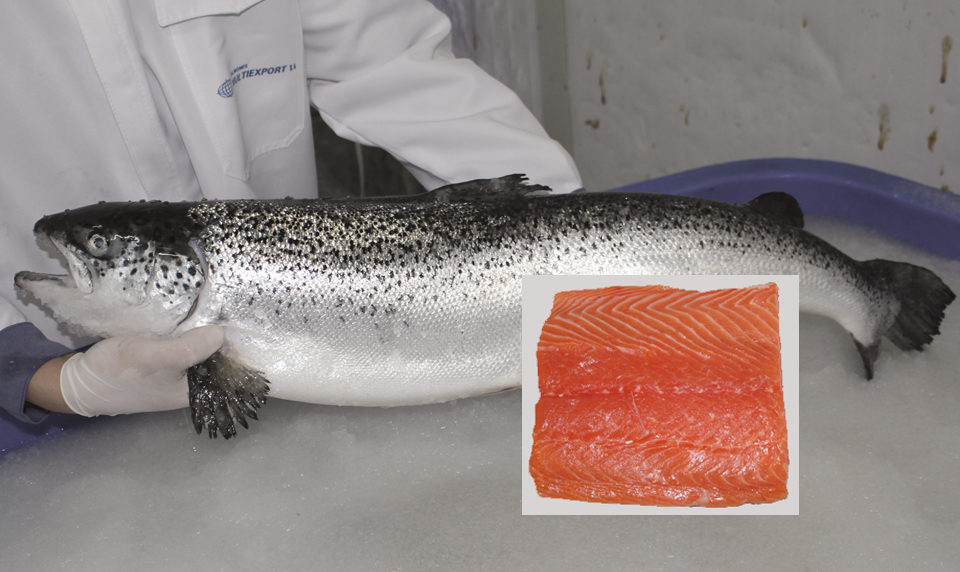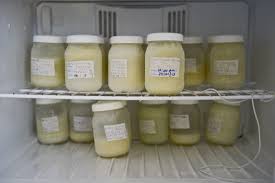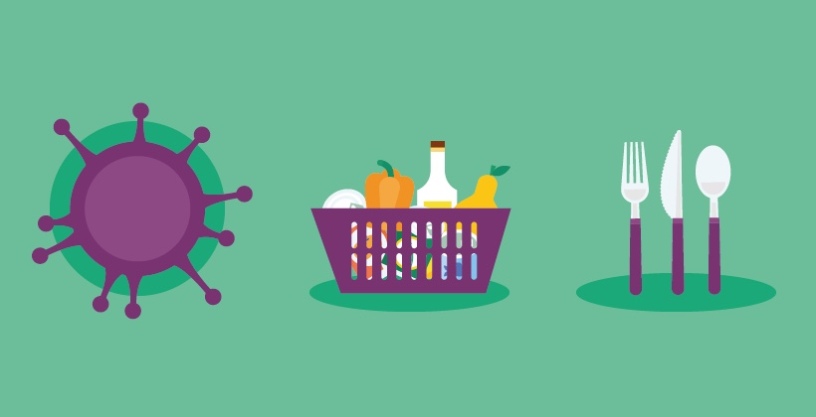The foodborne transmission possibility of SARS-CoV-2 is an ongoing debate. It has resurfaced in the past week, with some interesting findings and speculation coming out of China and New Zealand. This time, it’s not so much about the virus’ ability to be transmitted through food, but rather its very low temperature survival on food/beverages and food packaging. The idea is that SARS-CoV-2 may remain active, or be reactivated, a period of time later, at a distant location from the original contamination site, with very low temperature distribution and storage of food products facilitating its dispersal around the globe. Let’s try and shed some further light on this topic.
Food and health authorities, such as Food Standards Australia New Zealand (FSANZ) have continued to state that food and food packaging is not at an elevated risk of transmission for SARS-CoV-2, such as in this advice on the FSANZ website dated 1 May 2020.

A recently published paper by Olaimat et al. (2020), which was received for publication on 5 May 2020, accepted for publication on 15 July 2020 and published on 4 August 2020, states that no studies thus far have investigated survival of the virus on food. This seems a HUGE oversight, to say the least. Considering eating is a must for people and that food manufacture, preparation, storage and distribution are considered essential services, it would only seem natural to confirm or eliminate food and food packaging as possible transmission sources. Thus we actually have no idea, only speculation, regarding the foodborne transmissibility of SARS-CoV-2. Nearly eight months after the pandemic reported, and no confirmation on how possible foodborne transmission is.
So, what are the news stories that (re)sparked this debate?
Well, around two months ago, China accused salmon imports from Europe as the source of a COVID-19 cluster in the Beijing, with China’s chief epidemiologist stating that SARS-CoV-2 can survive on the surface of frozen food for up to three months.

Seafood industry moves to quash rumors of Beijing’s COVID-19 spike being linked to salmon
Fast forward to last week, and the re-emergence of SARS-CoV-2 in New Zealand at an Auckland cold storage facility brought about the idea that the virus may have been (re)introduced into New Zealand on the surface of frozen food imports.
Chilling new way virus could be spreading — news.com.au
First of all we have this one from three days ago, where in China, frozen chicken wings from Brazil tested positive for SARS-CoV-2 in Shenzhen and frozen shrimp from Ecuador tested positive for SARS-CoV-2 in Xi’an. In at least one of these cases, it appears the virus itself wasn’t present – just the RNA was detected.


Virus found on frozen chicken wings — news.com.au
Then yesterday, further details were provided about a possible link between the origin of this latest outbreak in Auckland at the Americold cold storage warehouse, with an a cluster a few weeks ago at the Amricold cold storage warehouse in Melbourne.
Auckland coronavirus cluster grows as virus link to Melbourne investigated
So what does the science say about this? We know there is no directly related studies, and information on this topic is generally scant, but this is what we have:
Inactivation of SARS-CoV-2 on surfaces appears to be temperature independent (Kratzel et al., 2020). However, the general consensus in the scientific community is that this virus lasts in an activated and infectious state on inanimate objects for hours or days, not weeks, which is a more likely timeframe when sea transport is involved. However, the results of Chan et al. (2020) may indicate otherwise, with an inverse correlation between temperature and duration of viability of SARS-CoV-2. They found at 4 °C, the virus remained viable for in excess of 14 days, with similar high levels of stability at lower temperatures (4 °C) compared with high temperatures, observed by Chin et al. (2020). Now, this is the big one, which supports these last two studies mentioned above, and this work (Walker et al., 2020) came out of the University of New South Wales in Sydney, where a study of survival of SARS-CoV-2 in human milk resulted in these extremely important findings, seemingly the only published study of an investigation into survival of this virus under frozen conditions. So the findings included:
- Low Temperature Long Time (LTLT) pasteurisation (63 °C for 30 minutes) inactivated SARS-CoV-2 in human milk.
- Storage of human milk (containing SARS-CoV-2) at 4 °C or -30 °C did not significantly inactivate SARS-CoV-2 over a 48 hour period.

With the many studies performed on survival of SARS-CoV-2, only this one paper mentioned just above, published online on 7 August 2020, appear to have considered SARS-CoV-2 survival at temperatures under 4 °C. This seems a major gap in knowledge, and one which the world would greatly benefit from being filled. Therefore, it is with great appreciate to this UNSW team that we are starting to gain some direct understanding in this area. The understanding of long term survival under conditions that would enable the virus to cross international borders with ease would seem critical to developing strategies to combat the spread of the pandemic, or indeed, reseeding of the virus to areas that have COVID-19 largely under control.
What can we take from all this? First of all, despite the great intensity of research efforts into SARS-CoV-2 and COVID-19 this year, there is of course so much we don’t know. Therefore, despite national and international health authorities advising of the minimal or negligible likelihood of SARS-Cov-2 transmission via food or food packaging, until (more) research is carried out in this area, especially long(er) duration storage studies at temperatures below 4 °C, including under frozen storage conditions, it needs to be assumed that transmission in this way is plausible and thus practically possible. This is especially given the seriousness of the disease and the ease of human-to-human transmission. Therefore, proceed with caution and assume anything is possible until the science says otherwise!

References
Chan, K-H., Sridhar, S., Zhang, R.R., Chu, H., Fung, A.Y-F., Chan, G., Chan, J.F-W., To, K.K-W., Hung, I.F-N., Cheng, V.C-C. & Yuen, K-Y. (2020). Factors affecting stability and infectivity of SARS-CoV-2, Journal of Hospital Infection, https://doi.org/10.1016/j.jhin.2020.07.009.
Chin, A., Chu, J., Perera, M., Hui, K., Yen, H. L., Chan, M., … & Poon, L. (2020). Stability of SARS-CoV-2 in different environmental conditions. The Lancet Microbe 1 : e10. DOI: 10.1016/ S2666-5247(20)30003-3
Kratzel, A., Steiner, S., Todt, D., V’kovski, P., Brueggemann, Y., Steinmann, J., Steinmann, E., Thiel, V. and Pfaender, S. (2020). Temperature-dependent surface stability of SARS-CoV-2. Journal of Infection 81 : 474-475.
Olaimat, A. N., Shahbaz, H. M., Fatima, N., Munir, S., & Holley, R. A. (2020). Food Safety During and After the Era of COVID-19 Pandemic. Frontiers in Microbiology, 11. DOI: 10.3389/fmicb.2020.01854
Walker, G. J., Clifford, V., Bansal, N., Stella, A. O., Turville, S., Stelzer‐Braid, S., … & Rawlinson, W. (2020). SARS‐CoV‐2 in human milk is inactivated by Holder pasteurisation but not cold storage. Journal of Paediatrics and Child Health. DOI: https://doi.org/10.1111/jpc.15065

